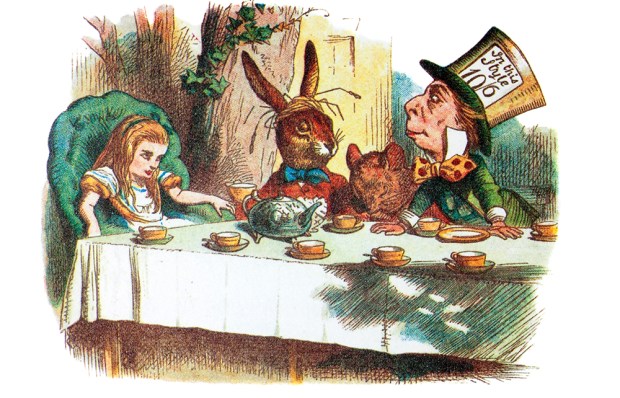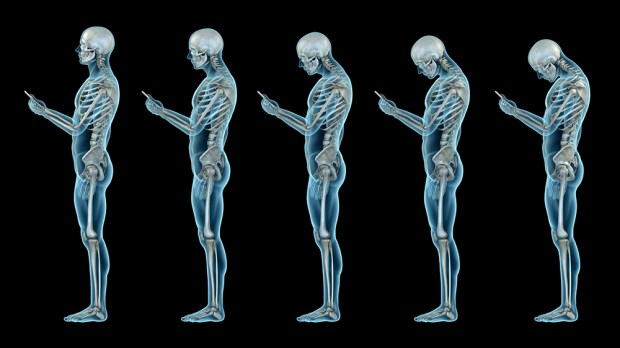On 21 June 1785, James Woodforde was in Norwich and in the evening went to Bunns pleasure gardens, where ‘there was tolerable music, indifferent singing, some pretty transparencies and tolerable fire works’. These transparencies, lit from behind, depicted natural, mythological or allegorical subjects. Later, the word was transferred to magic lantern slides and in our own times to film slides projected on to screens.
Today, transparency is deemed a virtue in any circumstances whatsoever. In the Guardian a few days ago, a professor of international law called in all seriousness for ‘transparency, and spies who are accountable to parliament and to the general public’. Perhaps they should wear high-visibility vests and drive cars with a notice on the back ‘How am I spying?’ and a phone number for the general public to comment.
Yet the merest greengrocer has commercial information that he keeps to himself. This is confidentiality or secrecy, according to your perspective.
Transparency is not always advantageous to those easily seen through. Richard Steele, writing in The Tatler of today’s date, 13 July, but in the year 1710, discussed loquacious small-minded people of ‘wrong sense’, who in colleges became unintelligible pedants and in courts ‘transparent flatterers’. To be transparent in flattery deflates the whole exercise. Steele recommends a response that he and his friends adopted at university: to listen to such people with one eye closed. I shall try it.
While apparent is ambiguous, meaning either ‘obvious’ or ‘seeming’, transparent is always ‘open’, even if it is a pretended openness (as one suspects of anyone saying: ‘to be honest’). In 1997, Tony Blair covered both sides — the apparent and the real — in his memorable remark: ‘I think most people who have dealt with me think I’m a pretty straight sort of guy, and I am.’
Transparency is the heir to that 1980s metaphor from computing, which can seldom be used without explanation, wysiwyg (an acronym from ‘What you see is what you get’). The new ideal is wystiwyg: ‘What you see through is what you get.’
Got something to add? Join the discussion and comment below.
Get 10 issues for just $10
Subscribe to The Spectator Australia today for the next 10 magazine issues, plus full online access, for just $10.
You might disagree with half of it, but you’ll enjoy reading all of it. Try your first month for free, then just $2 a week for the remainder of your first year.














Comments
Don't miss out
Join the conversation with other Spectator Australia readers. Subscribe to leave a comment.
SUBSCRIBEAlready a subscriber? Log in